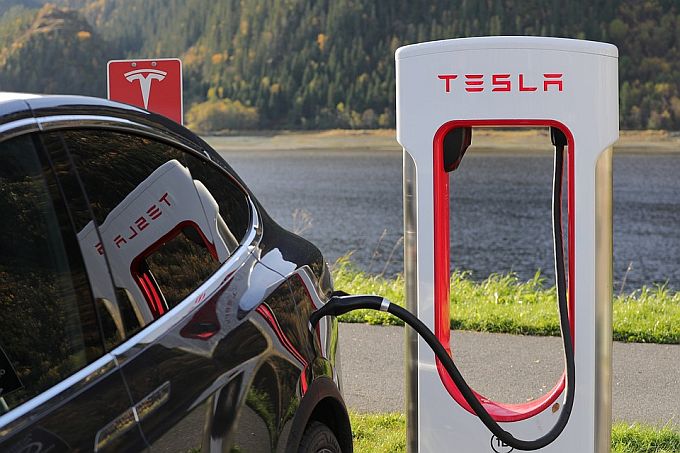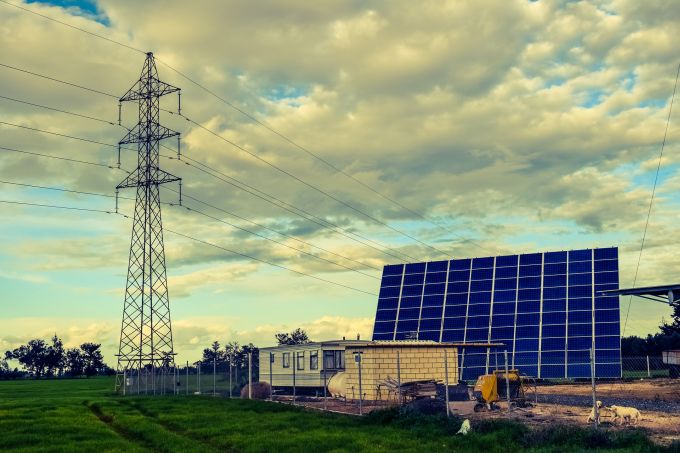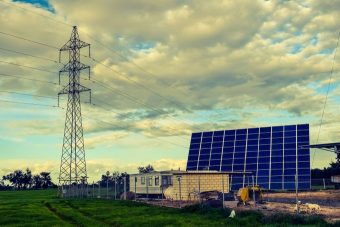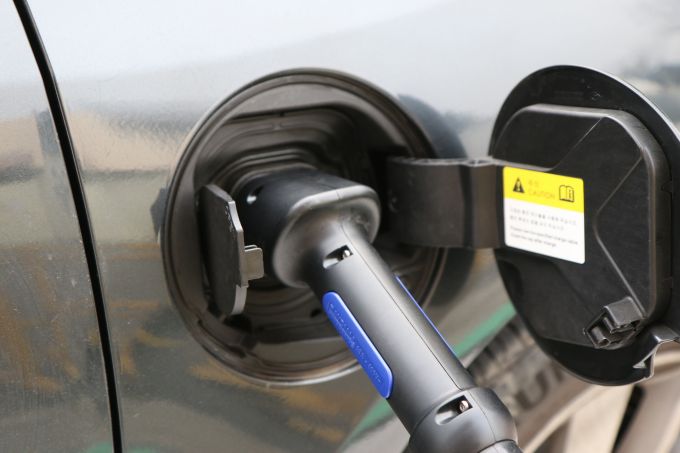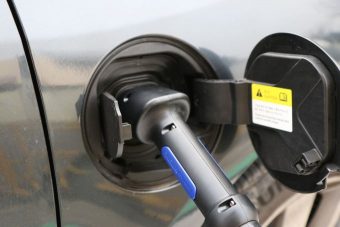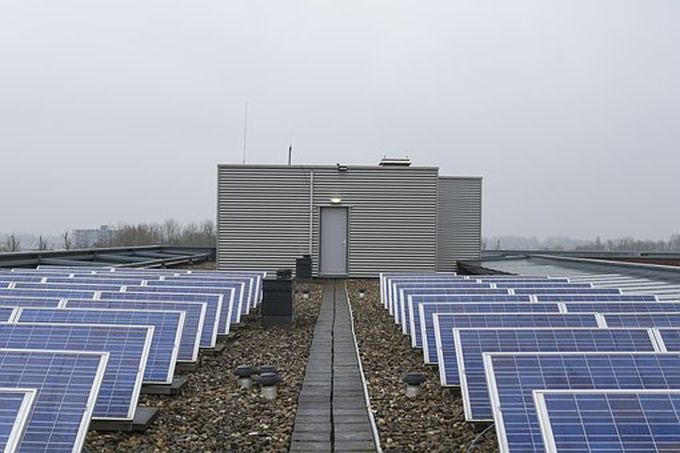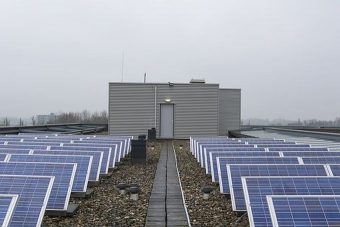
The plummeting temperatures and fresh wave of snow and ice that hit the UK this weekend did not dampen output from UK wind farms, with turbines setting a new wind power record on Saturday.
According to National Grid and Elexon data collected by Drax, on Saturday wind power generation hit 14.3GW for the first time, supplying more than a third of Britain’s power needs. It beats the previous generation record of 13.8GW set on March 1.
Overall on Saturday National Grid said wind generated more than 35 per cent of British electricity, compared to 20.3 per cent from gas, 17.6 per cent from nuclear, and 12.9 per cent from coal.
“Yet again, wind is playing a key role in keeping Britain going during a cold spell,” RenewableUK’s executive director Emma Pinchbeck commented. “When the mini ‘Beast from the East’ struck on Saturday, over a third of the UK’s electricity was being generated by wind.”
“We’re harnessing a reliable, home-grown source of power which reduces our dependence on imports to maintain the security of our energy supplies,” she added.
Source: businessgreen.com





